Bibliothèque
Galerie Crèvecœur, Paris
Naoki Sutter-Shudo, Julien Carreyn
30 March – 29 April 2022
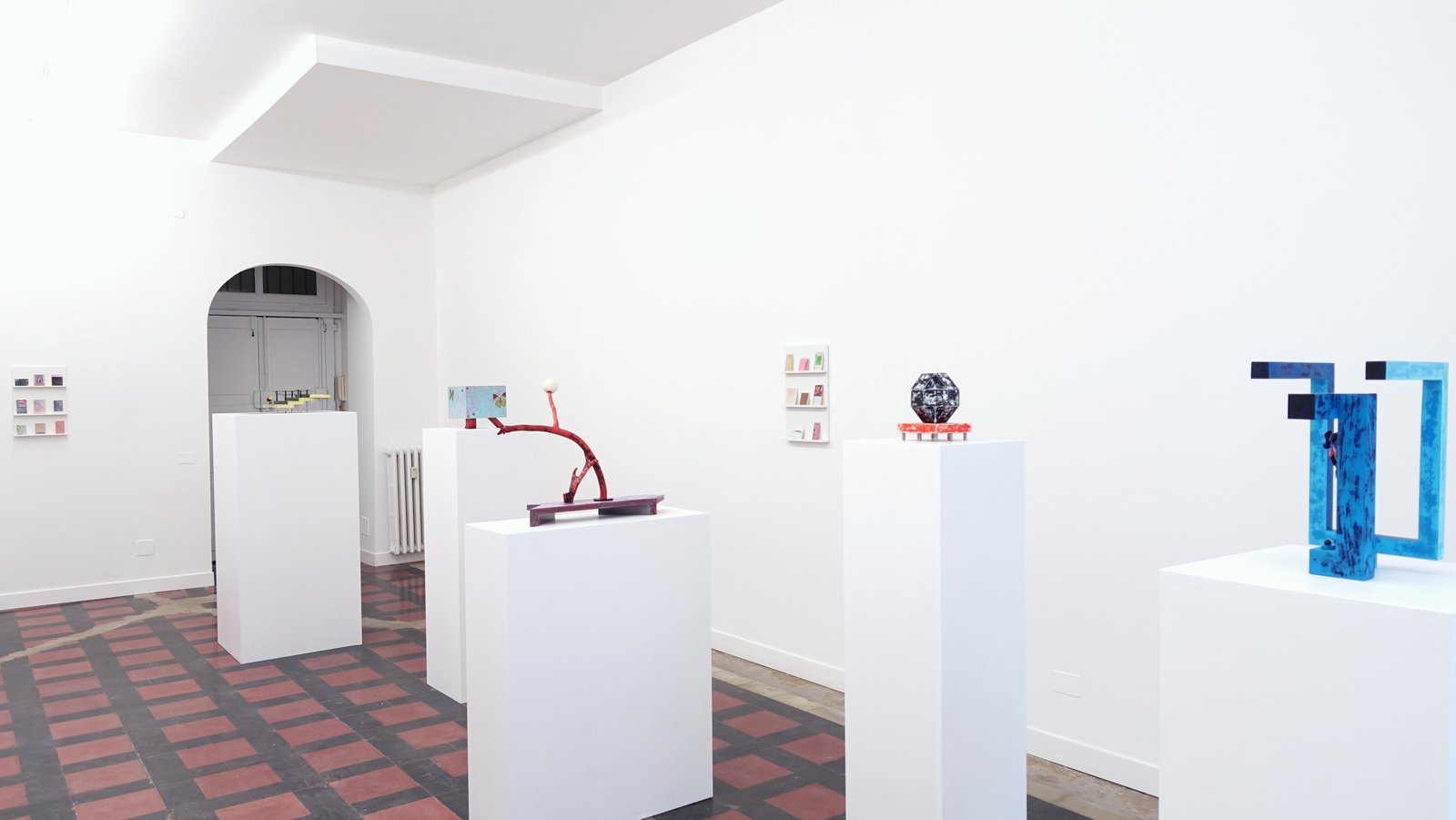


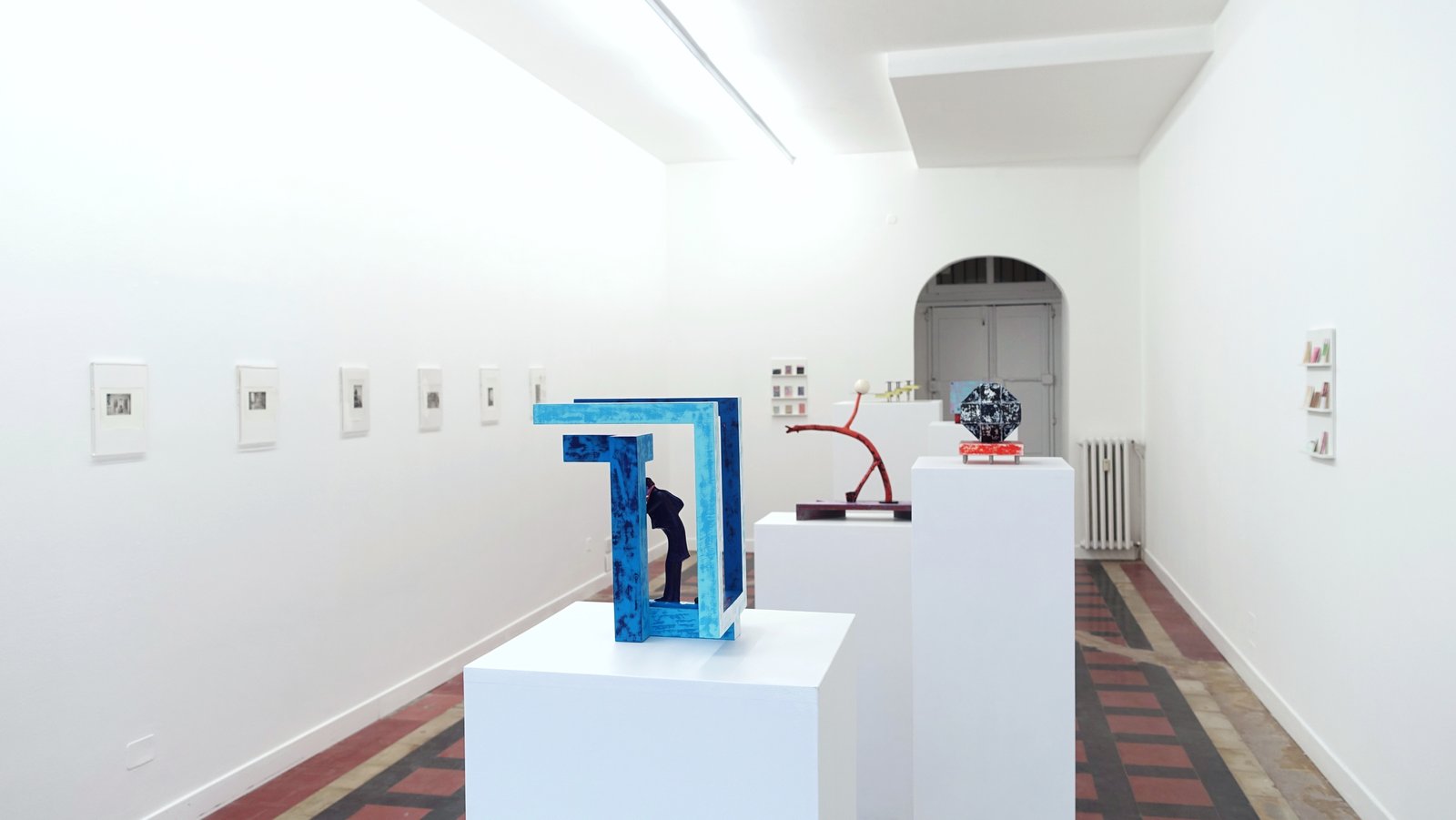
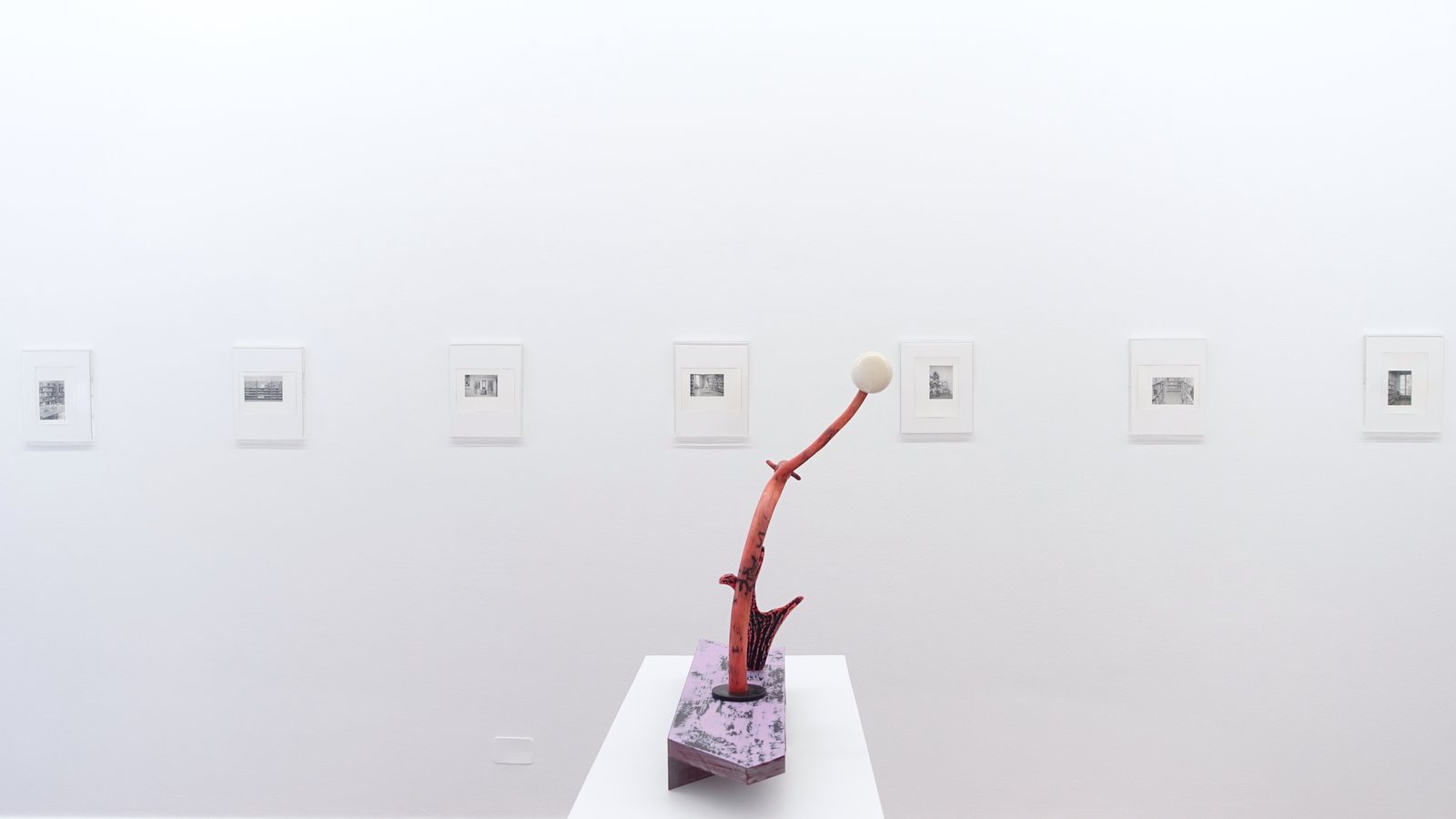
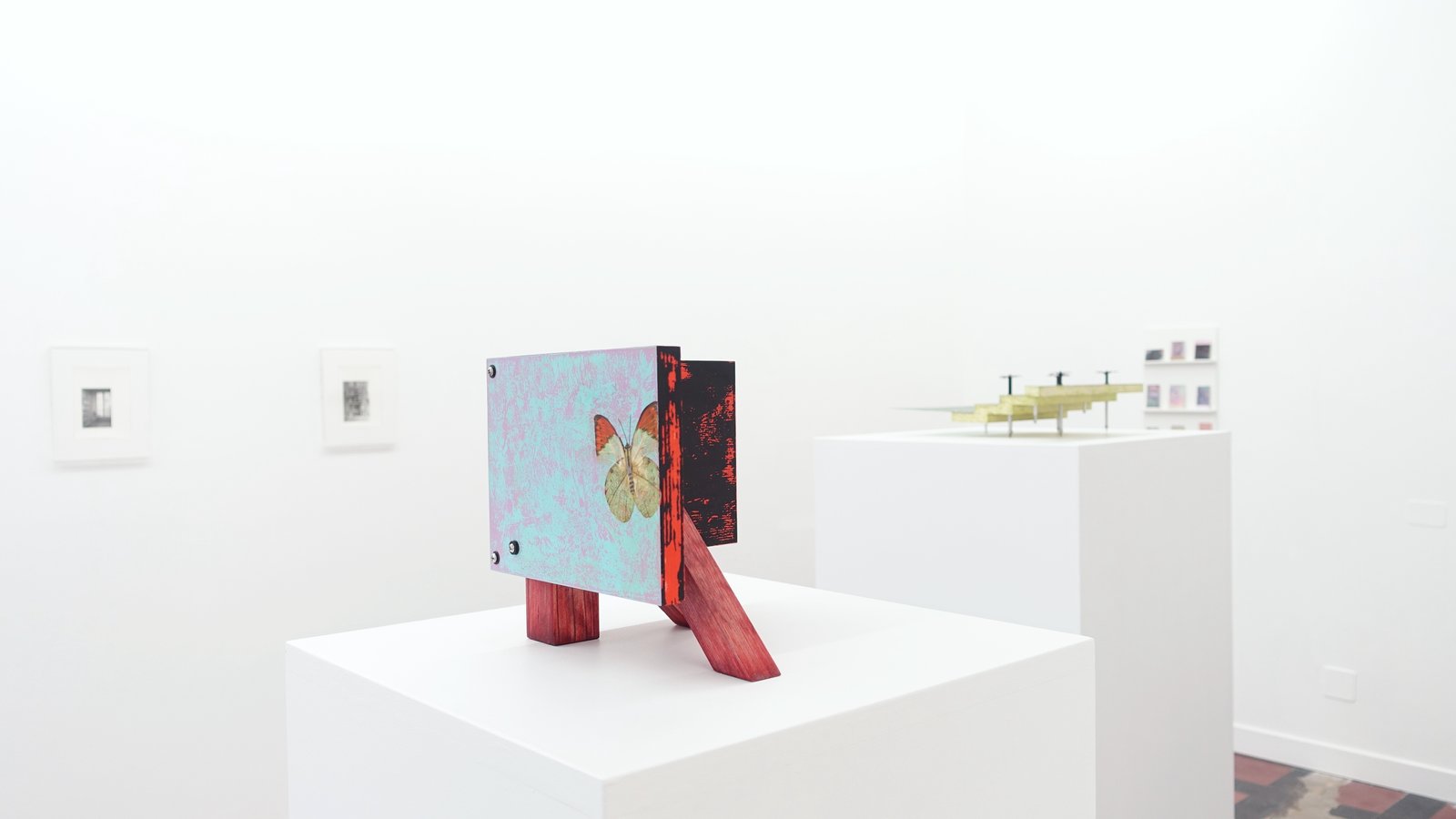
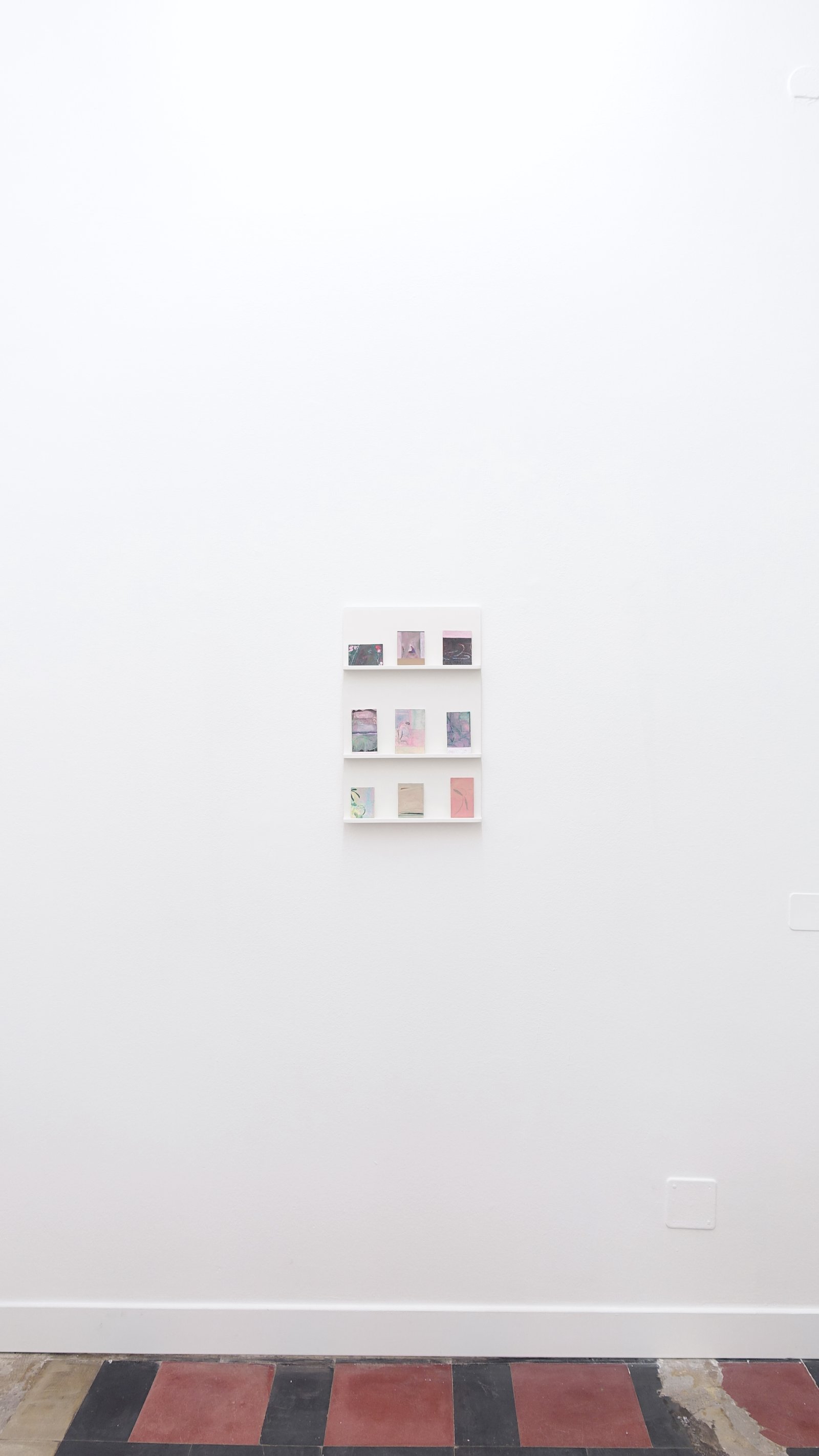
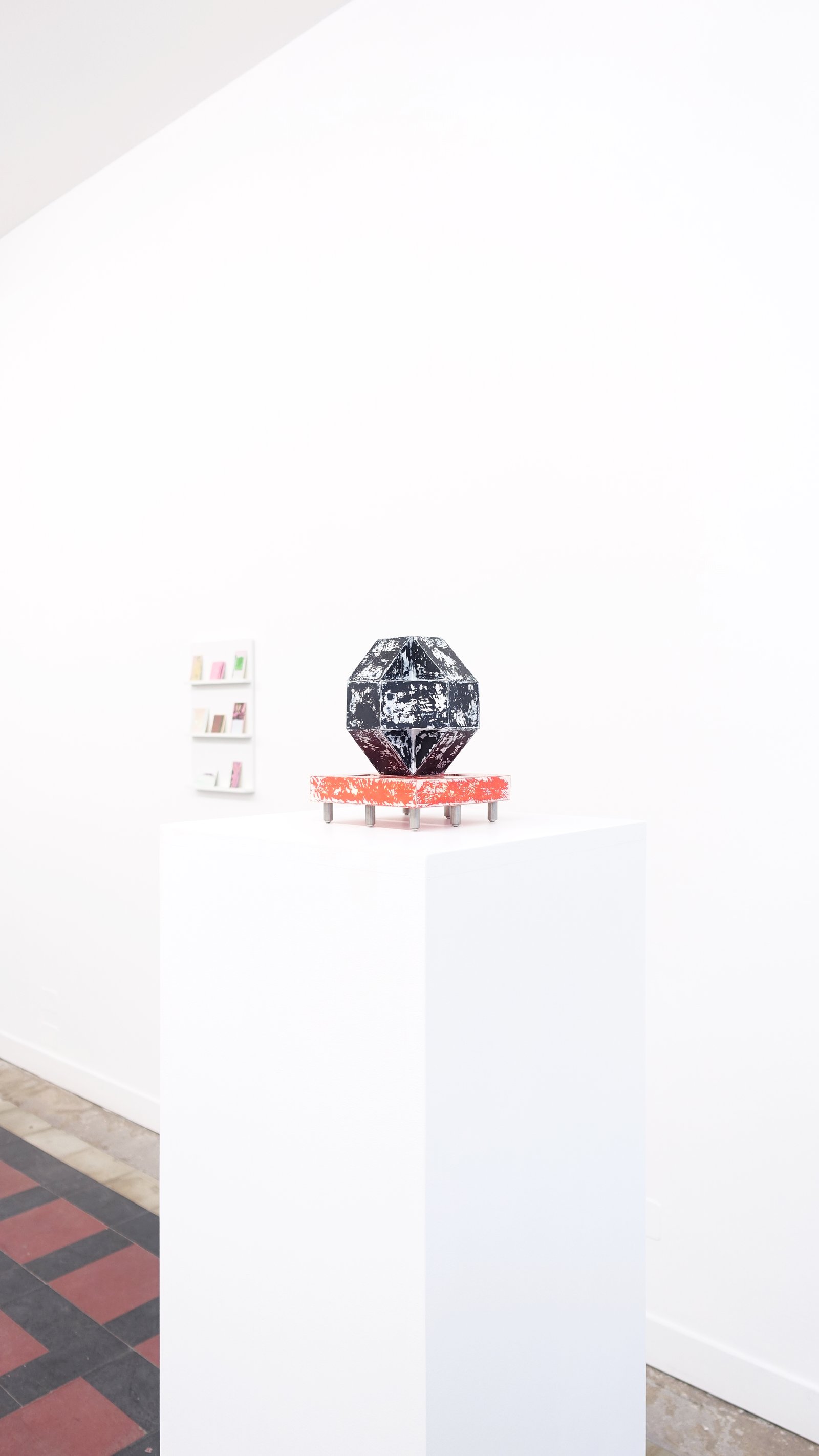
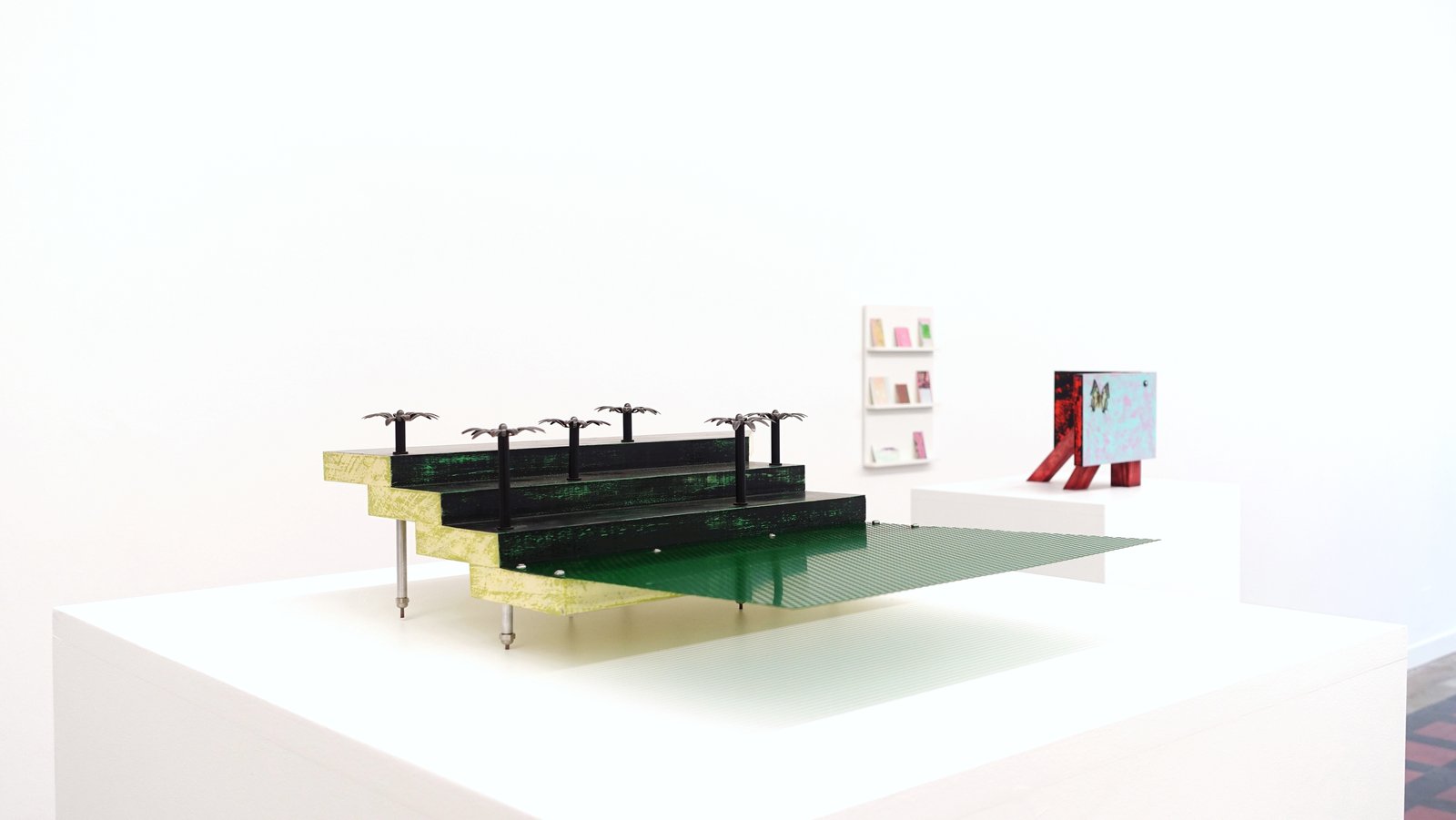
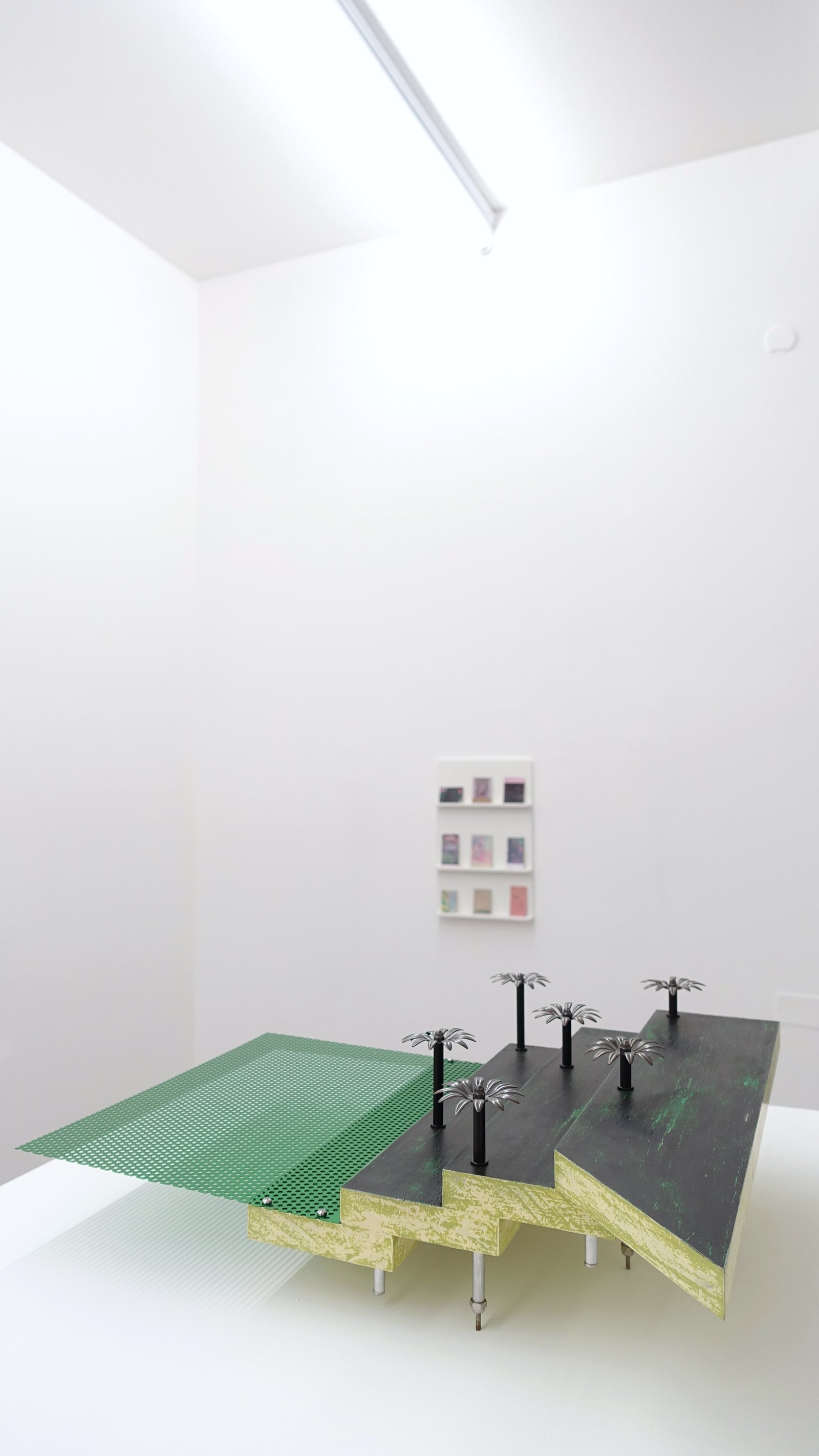
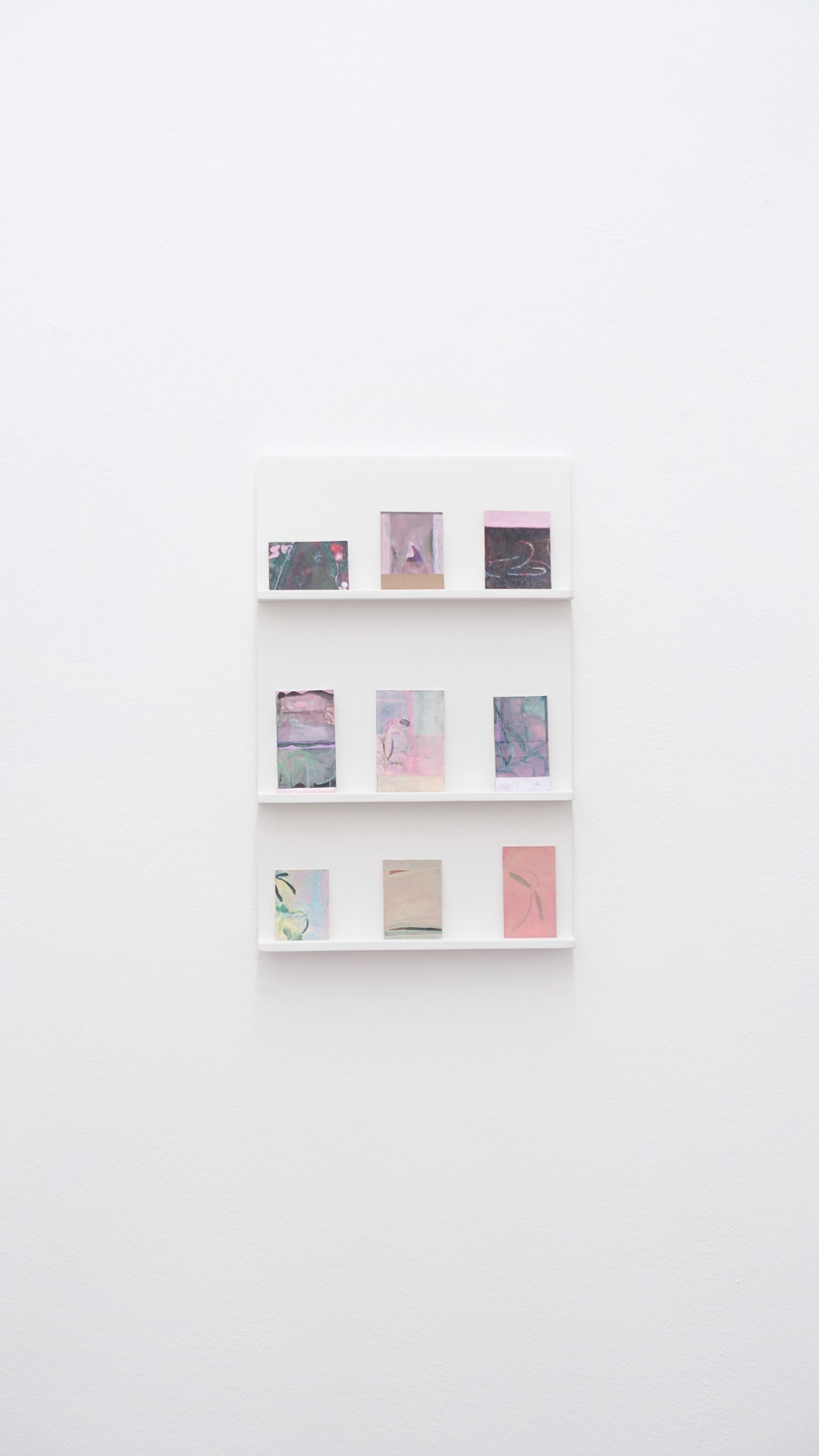

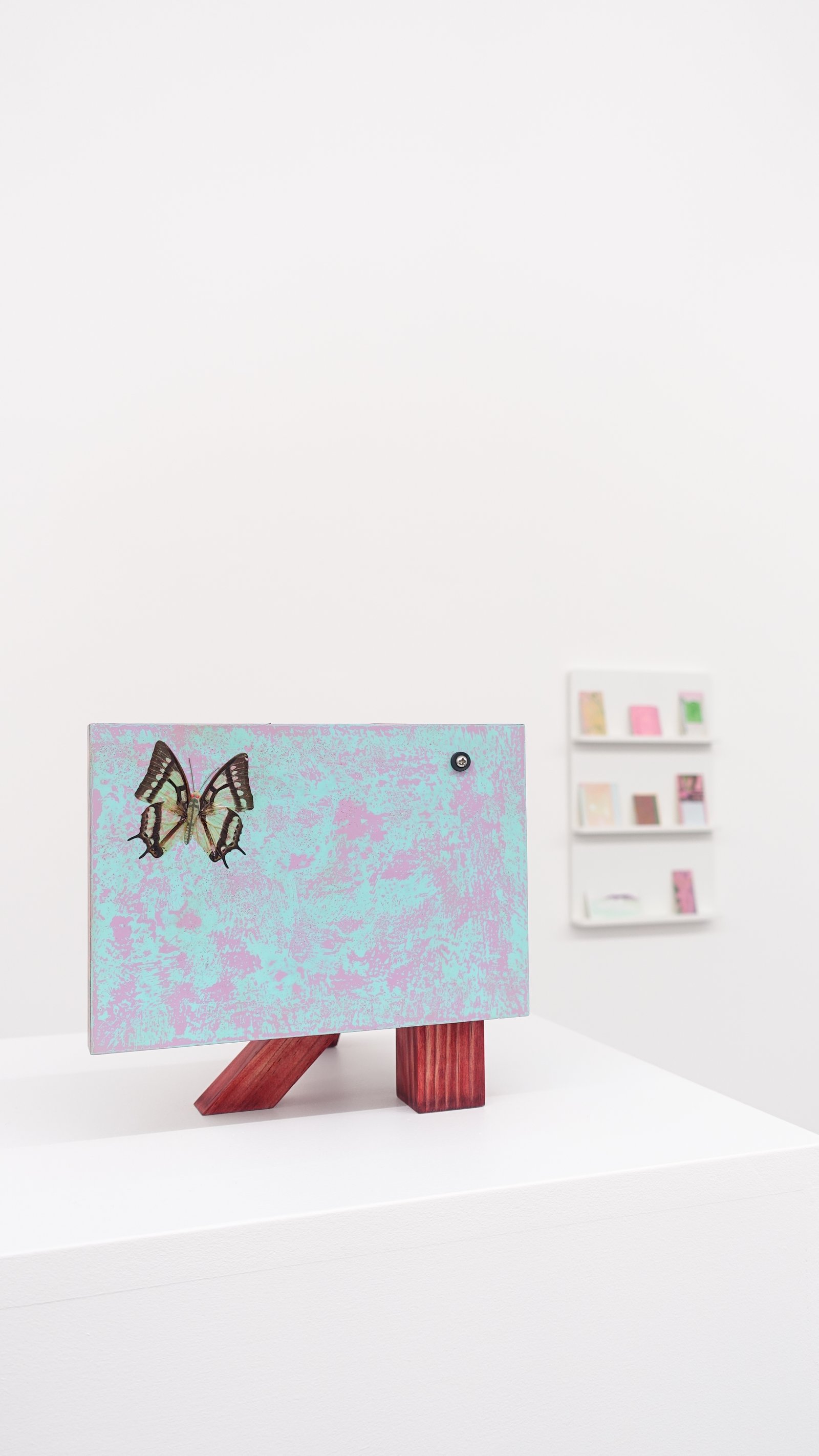
“As a child I often played the Ravensburger original memory game. We would find pairs of pictures,
drawings of bananas, close-up photos of matches… The back of these cards, about 5 cm square,
was speckled blue on a white background. Was this the material the designers had found to evoke
memory? The texture looked like the wriggling snow on the TV screen after the programmes had
finished”, — Julien Carreyn, 2021.
Originally trained as a publisher, Julien Carreyn (born 1973, FR) is a painter, photographer and
video artist. In his works, he evokes the memory of a French childhood: rural villages, abandoned
town halls, municipal libraries or youth hostels are the main elements. In this way, he produces a
timeless and singular story, thanks to a double approach, photographic and pictorial.
For the exhibition Bibliothèque, Julien Carreyn has produced three-tiered shelves in white wood
on which he places small pictorial objects, similar to small psychedelic blotters. He also presents a
new series of photographic works (barred prints) documenting municipal library rooms. Between
blurred memories of bathroom cabinets and afterimages of the pages of an illustrated book, the
object fades away in favour of its content: flashing, persistent images on invisible lines.
Naoki Sutter-Shudo’s (born 1989, FR/JP) sculpture is direct and sensitive. That is to say, it has, at
first glance, a form of formal evidence, a silent eurythmics, which contrasts with the multiplicity of
small narratives, whispered intimate references, coincidences or déjà-vus that seem to have
composed it.
Each of the works presented in Bibliothèque rests on a quasi-impossible equilibrium, whether it is
a question of physical properties, iconography, or meaning. They oscillate between the fatality of
gravity and a brazen verticality, between a nonchalant suppleness and a lacquered vigour,
between a natural environment and a meticulously constructed architecture, between a profane
and a sacred aspect, and it seems that one could enumerate these antitheses endlessly.
Antitheses that can rather be seen as correspondences, as intrepid attempts of reconciliation.
The notions co-exist, thus creating a language of their own, which is as far away as possible from a
Manichean statement.